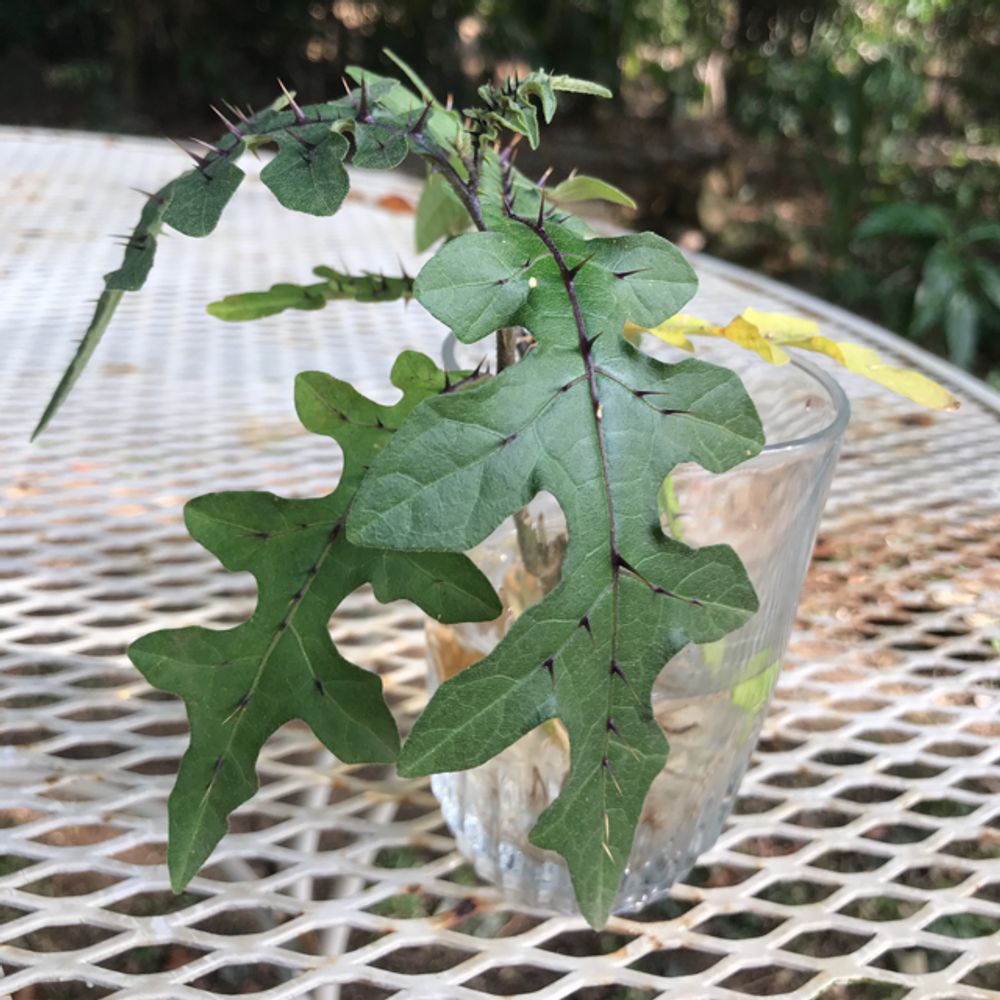Monstera
(Monstera)

Description
Monstera, also known as the Swiss cheese plant, is a popular houseplant among plant enthusiasts. The plant belongs to the Araceae family, which includes other well-known plants such as philodendrons, peace lilies, and calla lilies. Monstera plants are native to the tropical rainforests of Central and South America, where they grow as epiphytes, meaning they grow on trees without harming the host plant. Physical Description Monstera plants are known for their large, glossy, and perforated leaves, which can grow up to three feet long in mature plants. The leaves have a distinctive shape that is often described as heart-shaped or oblong. Monstera plants are climbers and can grow up to 20 feet tall if given the right conditions. The plant has a strong aerial root system that helps it climb and anchor itself onto other plants or objects. Types of Monstera Plants There are several types of Monstera plants, including: Monstera deliciosa: This is the most popular type of Monstera plant and is known for its large, glossy leaves. It is often referred to as the Swiss cheese plant because of the holes that develop in the leaves as the plant matures. Monstera adansonii: This type of Monstera plant is commonly referred to as the swiss cheese vine. It has smaller, heart-shaped leaves with more pronounced perforations than the Monstera deliciosa. Monstera obliqua: This is a rare type of Monstera plant that is highly sought after by plant collectors. It has smaller, more delicate leaves with numerous perforations. Growing Conditions Monstera plants are relatively easy to care for, but they require specific growing conditions to thrive. The ideal growing conditions for Monstera plants include: Light: Monstera plants prefer bright, indirect light. Direct sunlight can scorch the leaves and cause damage to the plant. Temperature: Monstera plants prefer temperatures between 65-85°F. They are sensitive to cold temperatures and should be kept away from drafts and air conditioning units. Humidity: Monstera plants thrive in high humidity environments. If the air in your home is dry, you can increase humidity levels by misting the plant regularly or using a humidifier. Soil: Monstera plants prefer well-draining soil that is rich in organic matter. A mix of peat moss, perlite, and potting soil is ideal for Monstera plants. Watering: Monstera plants prefer moist soil but can be prone to root rot if overwatered. It is important to allow the top inch of soil to dry out between waterings. Propagation Monstera plants can be propagated through stem cuttings. To propagate a Monstera plant, follow these steps: Choose a healthy stem from the plant that has at least one leaf node. Cut the stem just below the leaf node. Place the cutting in a jar or vase filled with water. Change the water every few days and wait for roots to develop. Once roots have developed, transplant the cutting into a pot with well-draining soil. Pests and Diseases Monstera plants are susceptible to pests such as spider mites, mealybugs, and scale insects. These pests can be controlled through regular misting, wiping the leaves with a damp cloth, and using insecticidal soap. Monstera plants can also be affected by root rot if overwatered or if planted in soil that does not drain well.
Taxonomic tree:







